Carbon sequestration or storage, involves the capture of carbon dioxide through natural biological, chemical and physical processes such as photosynthesis and the growth of coral reefs. Processes and resources supplied by ecosystems that benefit humankind are commonly referred to as “ecosystem services”. The global focus on combating climate change has created an emerging market for carbon sequestration in the form of carbon credits. Carbon off-setting is set to become a major ecosystem service. Yet many investors are still reluctant to commit towards a more sustainable future due to uncertainty about economic returns.
In the case of reforestation, it is still not clear how many species are needed to maximise carbon storage – should a monoculture be planted, 5 tree species or 25 species or more? Nor is there agreement about tree spacing–planting close together inhibits weed growth, but may lead to overcrowding, while planting further apart is cheaper in the short term, but could require more resources later for weed control.
There are six carbon pools or sinks to consider during the growth of a forest. Standing live timber is the easiest to measure and also the one with the most published data. However, carbon is also present in dead wood, above and below-ground biomass, litter and soil organic matter. The Thiaki Project will measure all six pools during the course of the relatively large scale, long term study over a period of 20 years, making it a first in its field.
Most of the 50-hectare site was cleared for logging over 50 years ago and is currently grazed by cattle. It forms part of Thiaki Creek Nature Reserve and belongs to eco-scientists Noel Preece and Penny van Oosterzee who have made the Reserve their home and run Biome5, their environmental consultancy business, from here. The Reserve is also home to over 100 hectares of remnant rainforest and animals, such as the rare Lumholtz Tree Kangaroo and the endangered Southern Cassowary. Noel and Penny are hopeful it will one day link with other ecosystem fragments to join Mt Hypipamee National Park, only 1.3km away.
Noel is passionate about identifying cost-effective reforestation approaches for biodiversity conservation and carbon off-setting: “Until now most rainforest restoration has been based on experience and opinion rather than scientific experimentation. It usually involves planting as many trees as there is money for. Scientists don’t know how important it is to plant a variety of trees for biodiversity recovery because it hasn’t been rigorously tested.”
Teamwork
The couple has teamed up with seven other scientists, including Dr Margie Mayfield from University of Queensland and Dr Toby Gardner from Cambridge University in England, plus four postgraduate students, to establish this multi-disciplinary study. The Australian Research Council funded project is also sponsored by Biome5, Greening Australia, Terrain NRM – the natural resource management body for the Wet Tropics and the Stanwell Corporation which owns nearby hydro-electric power stations on the Tully and Barron Rivers, and is committed to reducing its carbon footprint.
Penny is manager of Degree Celsius, a regional carbon sequestration project and sees the potential for other researchers to join the Thiaki Project: “We’re developing a national carbon scheme that incorporates the protection and regeneration of Australia’s forests, and includes landowners, scientists, industry and community members. It’s a unique opportunity to get involved at the start of a project that will give so much back.”
Planting will begin in early 2011 using around 30,000 trees of mixed native rainforest species such as the Brown Tamarind and Northern Silky Oak which, with guidance from experts, have been selected for their attributes and “grow-ability” by nurseries. The factorially replicated experimental design consists of 64 plots in 8 blocks. Each treatment contains varying numbers of species planted in one of two different spacings. Research has already started to quantify the area’s six carbon pools with measurements being taken on the cleared site and in adjacent remnant rainforest.
The data collected from the Thiaki Project could well lead to a huge step forward for the conservation of biodiversity by allowing government, industry and landholders to all benefit economically from working with nature to restore ecosystems in Australia and all over the world.
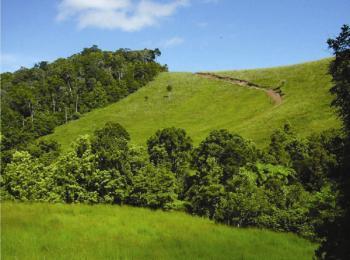
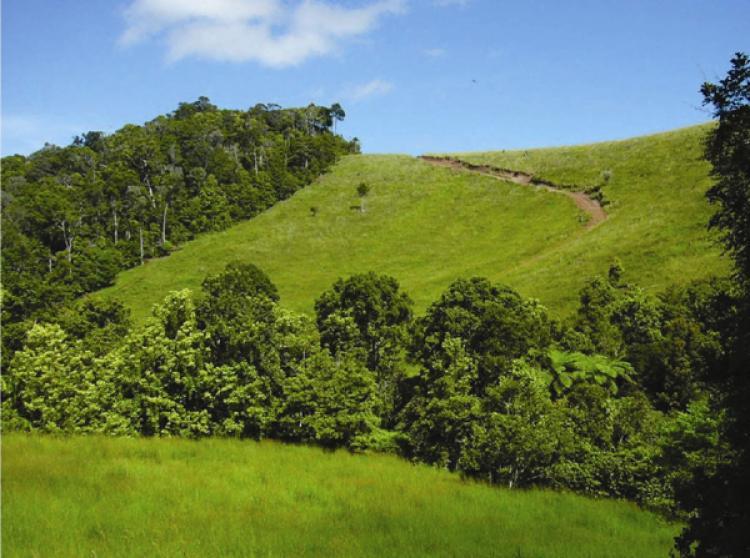
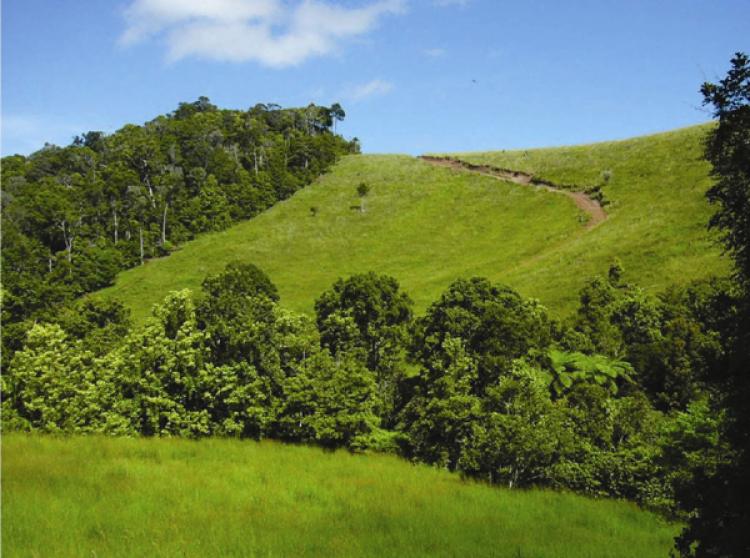

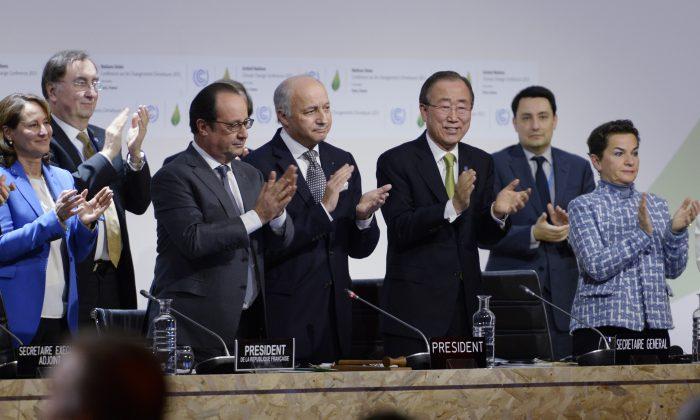
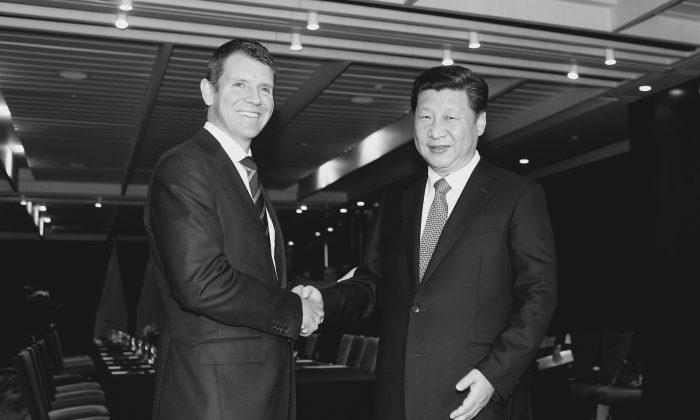

Friends Read Free